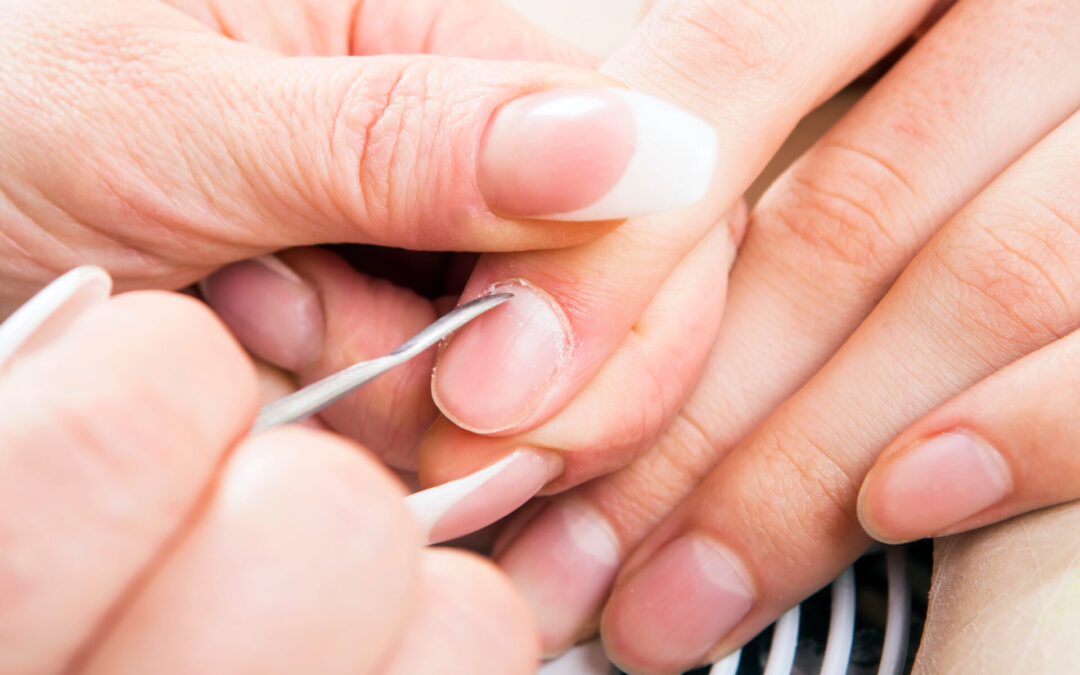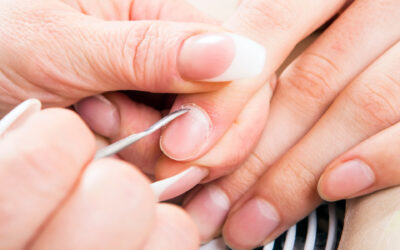As diabetes rates continue to rise globally, the importance of early diabetes feet issue detection and proper management cannot be overstated. One aspect of diabetes care that often goes overlooked is foot health.
That’s right – your feet can hold clues to potential diabetes-related complications, and staying vigilant can save you from future troubles.
In this article, we’ll delve into the early warning signs of diabetic foot issues and discuss the best treatment options.
So, let’s put our best foot forward and explore how to keep your feet happy and healthy!
What is Diabetic Foot Pain?
Diabetic foot pain is a common and often debilitating symptom experienced by many individuals with diabetes. It usually results from nerve damage, poor circulation, or a combination of both factors.
Diabetic foot pain can manifest in various ways, such as burning, tingling, numbness, or sharp stabbing sensations. The severity and type of pain can vary greatly from person to person, and it may be constant or intermittent.
The two primary causes of diabetic foot pain are:
- Peripheral neuropathy: Diabetes can lead to peripheral neuropathy, a type of nerve damage that affects the extremities, including the feet. High blood sugar levels can damage nerves over time, leading to loss of sensation, pain, and weakness
- Poor circulation: Diabetes can also damage blood vessels, reducing blood flow to the extremities. This diminished circulation can cause pain, as the tissues in the feet are deprived of essential nutrients and oxygen.
Understanding the nature and cause of diabetic foot pain is essential for implementing effective treatment and management strategies.
Different Types of Diabetic Feet Problems
People with diabetes are more prone to various foot problems due to the combination of nerve damage and poor circulation.
Here, we’ll discuss some of the most common diabetic foot issues and their characteristics:
Ulcers
Diabetic foot ulcers are open sores or wounds that can develop on the feet, usually on the bottom or sides. These ulcers can be caused by pressure or friction from ill-fitting footwear, cuts or scrapes that don’t heal properly, or reduced blood flow.
Dryness
Diabetes can cause the skin on the feet to become dry and prone to cracking, which increases the risk of infection. Dry feet can result from poor circulation, nerve damage, or dehydration. Regular moisturizing and proper hydration can help manage this issue.
Swollenness
Swollen feet in diabetics can be caused by several factors, including poor circulation, kidney problems, or a side effect of certain medications. In some cases, swelling may also be a sign of an underlying infection or injury.
Itchiness
Itchy feet can result from dry skin, fungal infections, or nerve damage. Diabetics should be cautious when treating itchiness to avoid breaking the skin and increasing the risk of infection.
Infections
Diabetics are at a higher risk of developing foot infections due to a combination of poor circulation, nerve damage, and a weakened immune system. Common infections include cellulitis, abscesses, and fungal infections such as athlete’s foot. Prompt treatment is crucial to prevent complications.
Blisters
Blisters can develop on the feet due to friction from shoes or other sources of irritation. Diabetics should take extra care when dealing with blisters, as they can easily become infected or lead to ulcers if not treated properly.
Warts, Corns, and Bunions
Diabetics are also more prone to developing warts, corns, and bunions. Warts are small, rough growths caused by a viral infection. Corns are thickened areas of skin caused by pressure or friction, while bunions are bony protrusions that form at the base of the big toe.
It’s essential for diabetics to be aware of these common foot problems and take preventive measures to maintain good foot health.
Diabetic Foot Pain Symptoms
Diabetic foot pain can manifest in various ways, and its symptoms can range from mild to severe. Recognizing these symptoms is essential for timely intervention and proper management.
Here are some of the most common diabetic foot pain symptoms to watch out for:
- Burning sensation: A persistent burning feeling in the feet may indicate nerve damage caused by diabetes. The sensation can be mild to severe and may worsen at night.
- Tingling or “pins and needles”: Diabetics may experience tingling or a sensation similar to pins and needles in their feet due to nerve damage.
- Numbness: Loss of sensation or numbness in the feet is a common symptom of diabetic neuropathy.
- Shooting or stabbing pain: Some diabetics may experience sharp, stabbing, or shooting pain in their feet.
- Cold or hot sensations: Diabetics may experience abnormal temperature sensations in their feet, such as feeling cold even in warm environments or feeling excessively hot.
- Restless leg syndrome: Some people with diabetes develop restless leg syndrome, a condition characterized by an irresistible urge to move the legs, especially at night.
If you experience any of these symptoms, it’s crucial to consult your healthcare provider for proper evaluation and management.
Early Diabetes Feet Pain Treatment
Early intervention is crucial for managing diabetic foot pain and preventing further complications.
Here are some steps you can take to address foot pain at its onset:
Blood sugar control
Managing your blood sugar levels is the foundation of diabetic foot pain treatment. Keeping your blood sugar within your target range can help prevent nerve damage and improve circulation, thereby alleviating foot pain.
Over-the-counter pain relief
Mild to moderate foot pain can be managed with over-the-counter pain relievers, such as acetaminophen or ibuprofen. Topical pain relievers, such as creams or gels containing capsaicin or lidocaine, can also help alleviate foot pain by numbing the area or providing a counterirritant effect.
However, it’s essential to consult your healthcare provider before starting any new medications.
Exercise
Regular physical activity can improve circulation, help manage blood sugar levels, and promote overall foot health. Consult your healthcare provider before starting a new exercise regimen.
Proper footwear and foot care
Establishing a daily foot care routine, including regular foot inspections, proper hygiene, and moisturizing, can help prevent issues that contribute to foot pain.
Wearing well-fitted, cushioned, and supportive shoes can help reduce pressure on the feet and alleviate pain. Orthotic inserts, arch supports, or customized shoes may also be beneficial.
By addressing diabetic foot pain early on, you can prevent further complications and maintain your mobility and quality of life.
How to Prevent Diabetic Feet Issues
Prevention is key when it comes to diabetic foot problems. By adopting a proactive approach to foot care, you can minimize the risk of complications and maintain healthy feet.
Here are some essential tips for preventing diabetic feet issues:
- Manage blood sugar: Maintain your blood sugar levels within your target range to prevent nerve damage and poor circulation, which can contribute to foot problems.
- Inspect your feet daily: Regularly examine your feet for cuts, sores, blisters, or any other abnormalities. Early detection allows for prompt intervention and reduces the risk of complications.
- Maintain proper foot hygiene: Wash your feet daily with mild soap and warm water, and dry them thoroughly, especially between the toes, to prevent infections.
- Promote good circulation: Engage in regular physical activity and avoid sitting or standing for long periods to improve blood flow to your feet.
By following these preventive measures, you can minimize the risk of diabetic foot issues and maintain healthy, pain-free feet.
Wrap-Up
In conclusion, diabetic foot pain and related issues are significant concerns for individuals living with diabetes.
Staying informed about early warning signs, adopting preventive measures, and seeking timely intervention can make a world of difference in maintaining your foot health and overall quality of life.
Your feet may not be the first thing that comes to mind when managing diabetes, but they play a vital role in keeping you mobile and active.
So, take that step forward and put your best foot forward in the journey towards healthy, happy feet.
Zoppler is reader supported and may earn affiliate commissions from links on this page. We support and believe in all the products and services we promote and are affiliated with.











